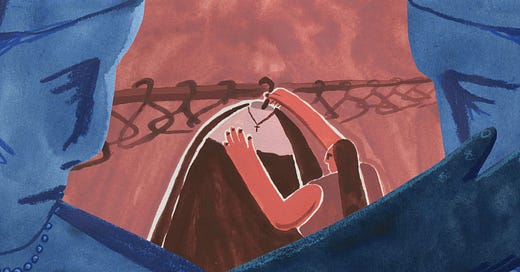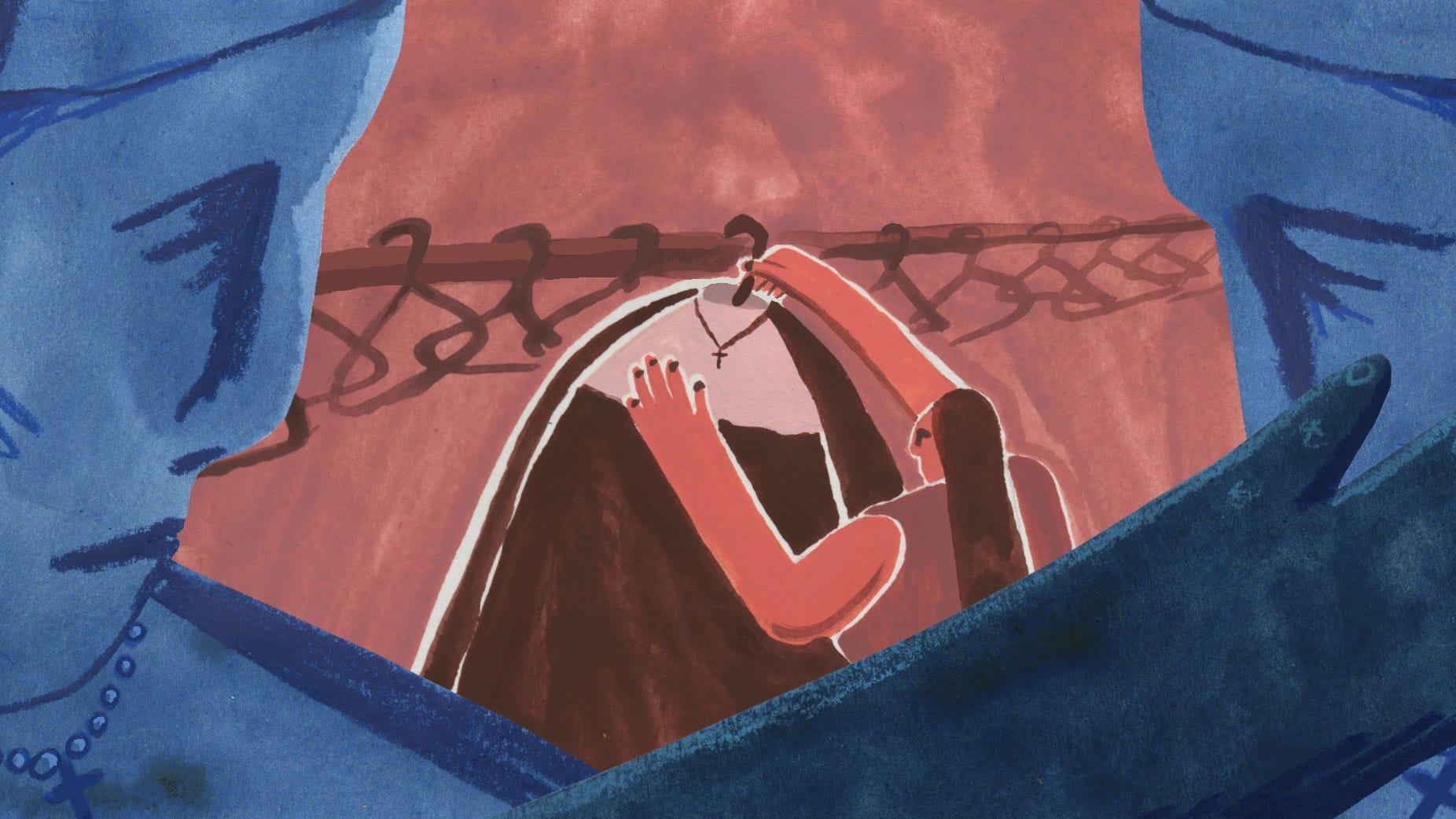Confessions of a Lesbian Ex-Nun
I'd spent my entire adult life in the convent. When I left, I didn't even know how to use an ATM machine, let alone pick up women.
“I have decided to leave the convent. I’m pretty sure I’m gay,” I announced to my mother over lunch at a quaint Victorian restaurant in Cape May, New Jersey. The year was 1990, and I had made this pilgrimage to deliver what I knew would be jarring news.
“You can’t be a lesbian.” My mother’s piercing green eyes welled up as I stumbled through my announcement, explaining that I would be taking a leave of absence from the Sisters of St. Joseph. I imagine the daughter she saw sitting across the table didn’t match her stereotypical image of a lesbian, if she had one at all. I studied her face. Was it shock? Even worse, disgust? Or perhaps the shame I myself had grappled with over the years. In our Irish Catholic family, we were raised to believe that gays were perverts. I was not that, I had told myself countless times. I could not be one of them.
Similar revelations to each of my brothers and sisters, the same well-rehearsed speech in hand, were met with support,…
Keep reading with a 7-day free trial
Subscribe to Narratively to keep reading this post and get 7 days of free access to the full post archives.




